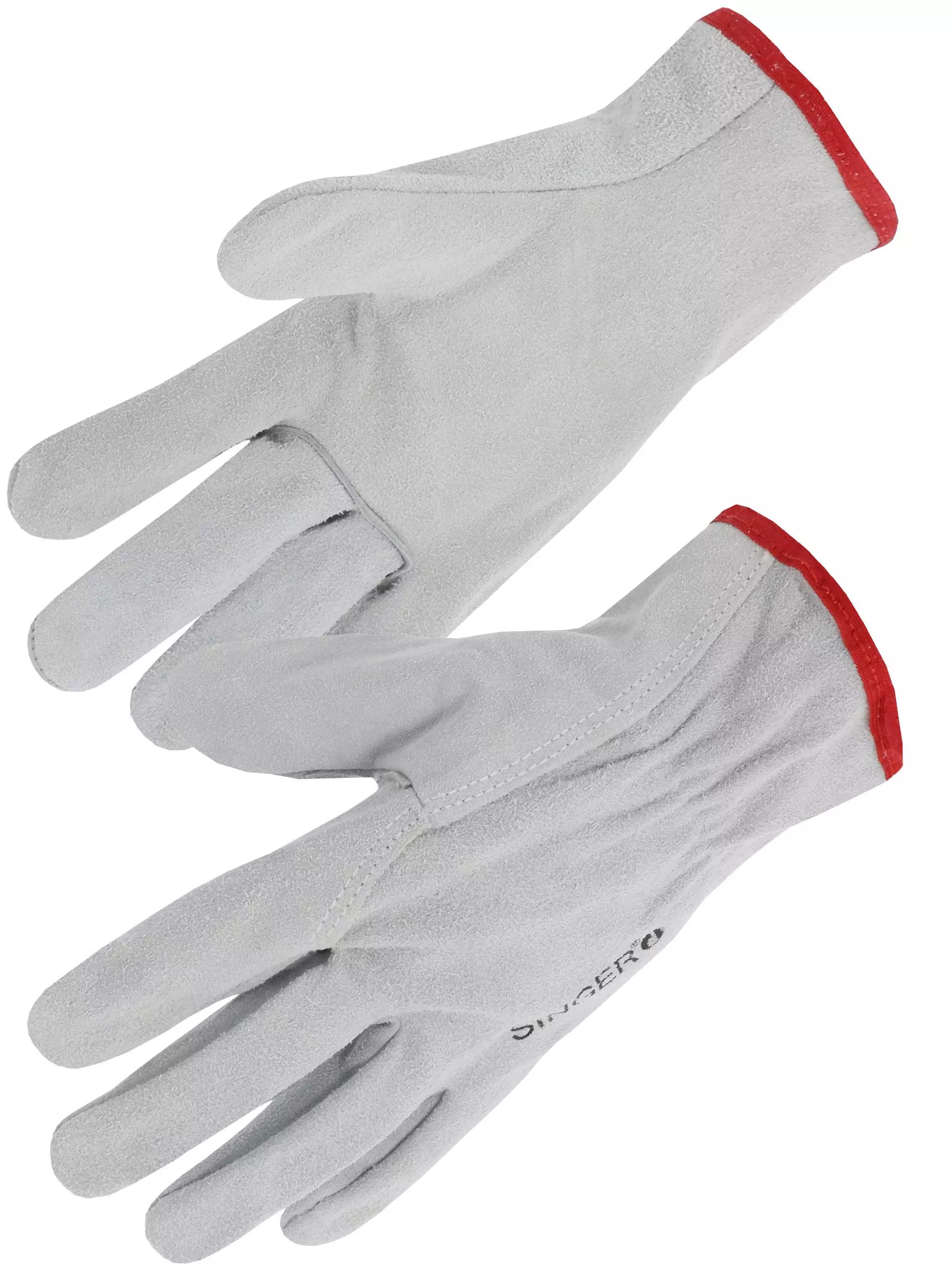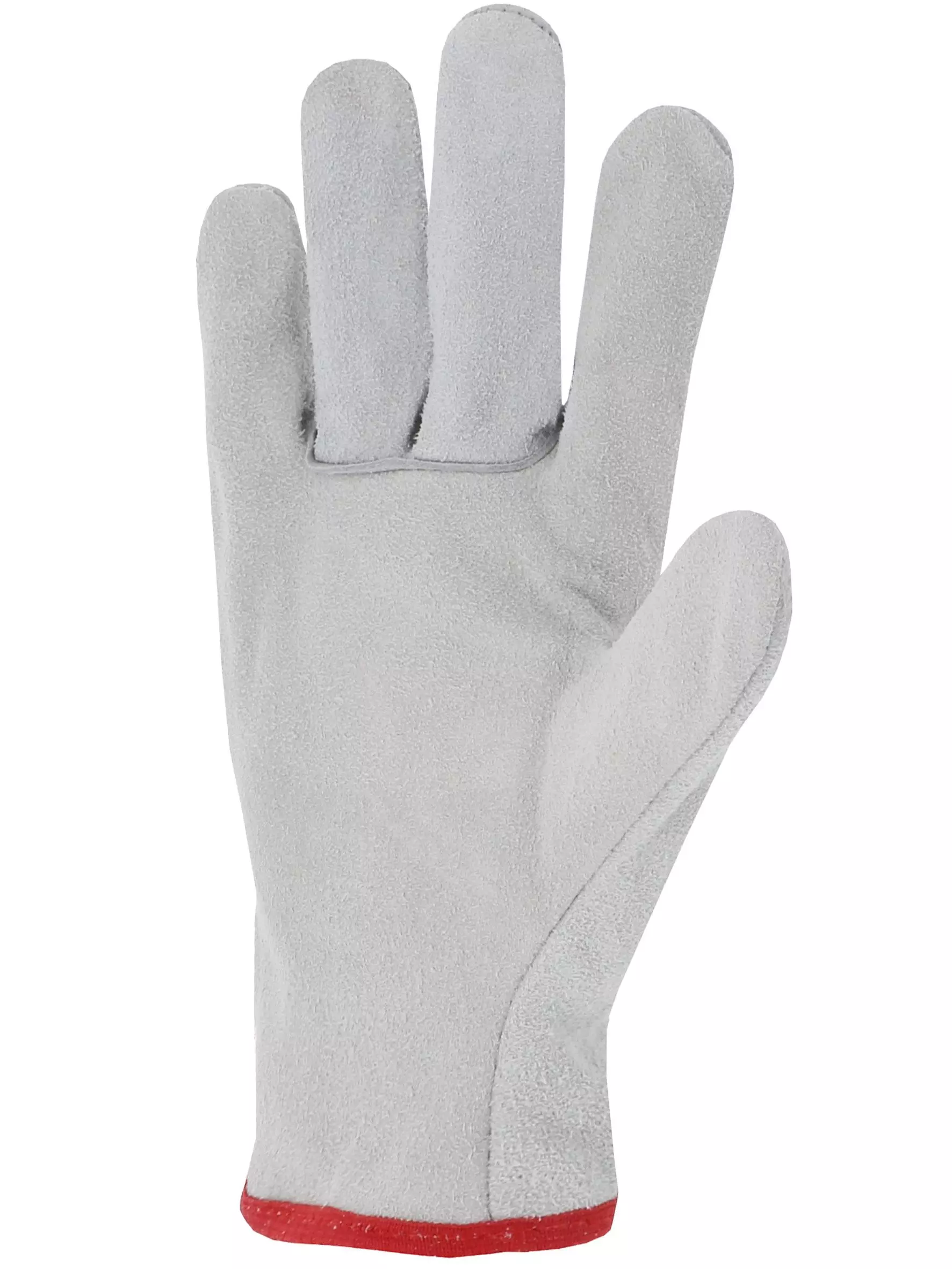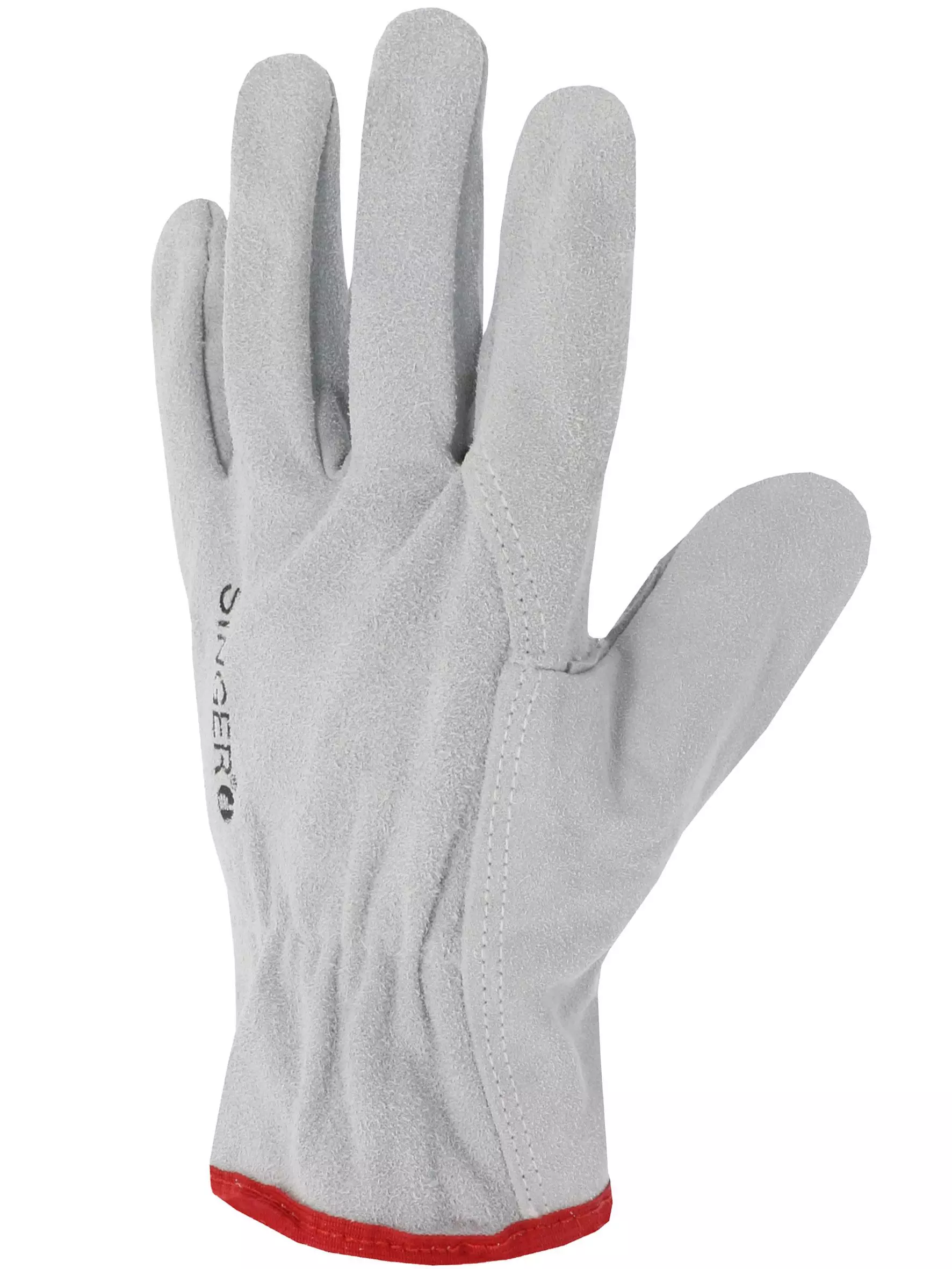


Singer Safety
Cow Split Leather Protective Gloves, 10 pairs
Cow Split Leather Protective Gloves, 10 pairs
5 / 5
25,62 €
Price per 10 pairs
2,56 € / pair
Choose size
Shipping fee is 7,95 € for orders under 80,00 €
Product description
These protective gloves feature durable cow split leather construction for both palm and back, offering excellent resistance and durability in demanding work environments. Designed with a Gunn cut pattern, wing thumb, and one-piece forefinger, they provide enhanced resistance to wear while maintaining functionality. The shirred elastic back ensures a secure fit, while reinforced stitching and strategic piping at the wrist add to the gloves' overall durability and comfort.
Product Features:
- Full cow split leather construction for maximum durability
- Gunn cut pattern for better resistance to wear
- Wing thumb design for improved dexterity
- One-piece forefinger for enhanced strength
- Middle and ring fingers sewn separately for better fit
- Shirred elastic back for secure positioning
Technical Details:
- EN ISO 21420:2020 certified for general protective glove requirements
- EN 388:2016+A1:2018 certification with 2122X rating
- EN 407:2020 certification with X1XXXX rating
- Category II Personal Protective Equipment (EU 2016/425)
- ISO 9001/ISO 14001 certified production
Recommended Applications:
- Public works and construction
- Finishing work
- Agriculture
- Green spaces maintenance
- Transport and logistics
- Fine work in dry environments
EAN: 3660514008182, 3660514008199, 3660514046290, 3660514046306